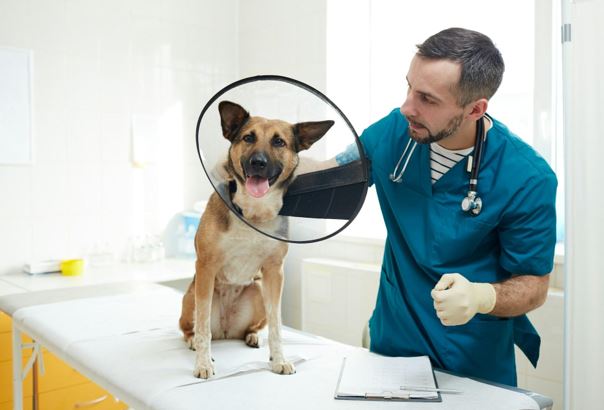How to Become a Pet Insurance Member
Think about how good it would feel to know that your furry friend is covered in case of an accident or illness that you did not see coming. Getting pet insurance can give you peace of mind, so you can focus on your pet’s health instead of worrying about how much veterinary care will cost.
However, the process of signing up can be hard to understand at first. This guide will break down the steps to becoming a pet insurance member.
1. Understanding Pet Insurance
Your pet’s medical expenses can be covered by pet insurance, which helps cover those costs. Incidents such as accidents, illnesses, and even routine checkups are included in this category.
When you have pet insurance, you are required to pay a premium on a monthly basis. In exchange, the insurance company will contribute to the payment of your pet’s veterinary bills.
The fact that different plans cover different things is something that should be kept in mind. While some plans may only cover unexpected medical expenses, others may cover routine visits to the veterinarian. Understanding the basics will help you make better choices later.
2. Researching Pet Insurance Providers
After you have gained an understanding of pet insurance, the next step is to investigate different providers. There is a wide variety of pet insurance companies available, and each of them provides a unique set of coverage options.
To get started, look for well-known providers who have received positive feedback from previous customers. You can find trustworthy businesses with the assistance of websites such as Consumer Reports.
It is important to pay attention to what other people who own pets have to say for themselves. In particular, when it comes time to file a claim, you want to work with a provider that is effortless to work with.
3. Assessing Your Pet’s Needs
Every animal companion is one of a kind, and their wellness requirements can vary. Before selecting an insurance plan, it is important to evaluate the requirements of your pet.
Consider the age of your pet, the breed they belong to, and any health problems they might have. An increased level of coverage may be required for older pets or those with pre-existing conditions.
Think about how frequently you take your pet to the veterinarian. You might want to look into purchasing a plan that covers the costs of routine checkups or treatments for your pet if they are necessary. With the help of this evaluation, you will be able to choose the most appropriate coverage for your pet.
4. Choosing the Right Plan
After conducting research on service providers and determining the requirements of your pet, it is time to select the appropriate plan. Conduct a comparison of various plans with regard to the coverage options, premiums, and deductibles that they offer.
Try to find plans that are within your financial means while still offering sufficient coverage. Several plans provide wellness add-ons, which include coverage for routine medical care such as dental cleanings and vaccinations. Make a decision about what aspects of your pet’s health are most important, and then choose a plan that meets those requirements.
5. Completing the Application Process
After you have decided on a plan, you will need to finish the application process immediately. With the majority of pet insurance companies, you can submit your application online.
You will be required to provide information about your pet, including their age, breed, and any previous medical problems they have had.
Be honest about your pet’s health, as this can affect your coverage. Some companies may ask for a vet’s records, especially for older pets or those with known conditions. Completing the application correctly is important to avoid issues later.
6. Understanding the Enrollment Process
When you have finished submitting your application, you will then proceed to the enrolment process. In most cases, this can take anywhere from a few days to a couple of weeks.
Your application will be reviewed by the insurance company, and they may get in touch with your veterinarian to obtain additional information.
Once approved, you’ll receive a policy document outlining your coverage. Read this document carefully to understand what is included and what is not. It’s essential to know how the claims process works and when your coverage begins.
7. Managing Your Pet Insurance Membership
Now that you’re a member, it’s important to manage your pet insurance effectively. Keep track of your payments and due dates to avoid lapses in coverage. If your pet has any changes in health, inform your insurance provider. They may require updates on any ongoing treatments.
Understand how to file claims if your pet needs medical attention. Most companies allow you to submit claims online or through an app. Make sure you keep all receipts and vet records, as you’ll need these for claims.
Additionally, periodically review your policy. As your pet ages or if their health changes, you may need to adjust your coverage. Some companies offer loyalty discounts or updated plans, so staying informed can help you get the best value for your money.
Ensure Your Pet’s Health and Safety Through Insurance
With the right coverage, you can rest easy knowing that unexpected veterinary costs won’t become a financial burden. So, don’t wait any longer—start exploring your options today and ensure your pet’s health and safety through insurance. Your pet deserves the best care possible!


